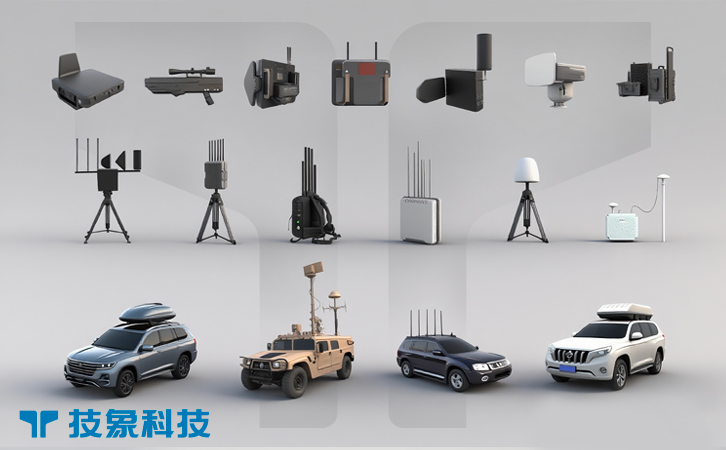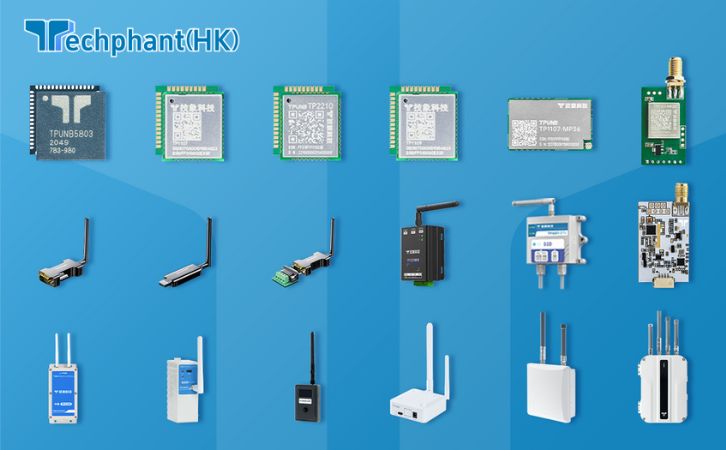Yes, there are several technical methods to block or disrupt drone signals, but their legality, effectiveness, and practicality vary significantly depending on the context, jurisdiction, and drone technology. Here’s a comprehensive breakdown:
1. Technical Methods for Blocking Drone Signals

A. Radio Frequency (RF) Jamming
Principle: Overwhelm the drone’s communication links (control, telemetry, video) by transmitting high-power noise on the same frequencies. This forces the drone into a failsafe mode (e.g., landing, returning home, or hovering).
Target Frequencies:
2.4 GHz & 5.8 GHz: Used for Wi-Fi, remote control, and video transmission (vulnerable to interference due to unlicensed ISM bands) .
GNSS Frequencies (e.g., GPS L1/L2): Jamming satellite signals disrupts navigation, causing drones to drift or land .
Devices: Handheld “drone guns” (e.g., DroneDefender) or stationary jammers .
Limitations:
Short range (typically 500m–2km).
May disrupt legitimate communications (e.g., Wi-Fi, Bluetooth) .
B. Spoofing/Deception
Principle: Transmit fake control or navigation signals to “hijack” the drone:
GPS Spoofing: Send false satellite coordinates to redirect the drone .
Control Signal Spoofing: Mimic the operator’s commands (e.g., MAVLink protocol) to seize control .
Advanced Systems: Use AI to analyze and replicate unique signal signatures (e.g., “pilot domains”) for precision attacks .
Limitations: Requires sophisticated signal analysis; encryption (e.g., in commercial drones) complicates spoofing .
C. Acoustic Interference
Principle: Emit low-frequency sound waves to resonate with drone gyroscopes, destabilizing flight or crashing the drone .
Use Case: Effective for close-range swarm defense in crowded areas .
Limitations: Limited range and effectiveness outdoors.
D. Hard-Kill Methods
Electromagnetic Pulse (EMP) / High-Power Microwaves (HPM): Fry electronic components instantly .
Laser Systems: Thermally destroy critical parts (e.g., motors) .
Limitations: Non-selective; risks collateral damage; expensive and heavily regulated.
2. Key Factors Influencing Effectiveness
Drone Communication Tech:
Cellular (4G/5G): Harder to jam due to network redundancy; requires cellular jammers .
Satellite Links: Resilient but vulnerable to targeted GNSS jamming .
Multi-Channel Systems: Drones using hybrid tech (e.g., RF + cellular) are harder to fully disable .
Autonomy: AI-enabled drones may operate without real-time signals, reducing jamming efficacy .
Environment: Urban areas increase signal interference; obstacles (e.g., buildings) limit line-of-sight jamming .
3. Legal and Ethical Constraints
A. Legality
USA:
Jamming violates the Communications Act of 1934 (47 USC §333) .
Interfering with drones classified as “aircraft” risks charges under the Aircraft Sabotage Act .
EU: Requires compliance with electromagnetic compatibility (EMC) regulations; unauthorized jamming is illegal .
New Zealand: Intercepting drone signals breaches the Radiocommunications Act 1989 unless done by law enforcement .
General Rule: Only government/military entities can legally deploy counter-drone tech in most countries .
B. Risks
Collateral Damage: Jamming public frequencies (e.g., GPS) can disrupt emergency services .
Safety Hazards: Forced drone landings may cause accidents .
4. Alternatives to Signal Blocking
Geofencing: Software-based no-fly zones (e.g., near airports) integrated into drones .
Detection Systems: Radar, RF scanners, or AI-powered cameras to identify drones for manual intervention .
Regulatory Measures: Mandating remote ID systems for drone tracking .
Conclusion
While RF jamming and spoofing are the most practical methods for blocking drone signals, their use is highly restricted by law and risks unintended consequences. Hard-kill systems (EMP/lasers) offer definitive results but are impractical for civilian use. For legal compliance:
- Consult Authorities: Obtain permits for counter-drone operations.
- Prioritize Detection: Use passive systems to identify threats for lawful interception.
- Leverage Regulations: Advocate for geofencing and remote ID mandates .
As drone tech evolves (e.g., AI, cellular redundancy), signal-blocking efficacy will decline, emphasizing the need for integrated, legally compliant solutions.



